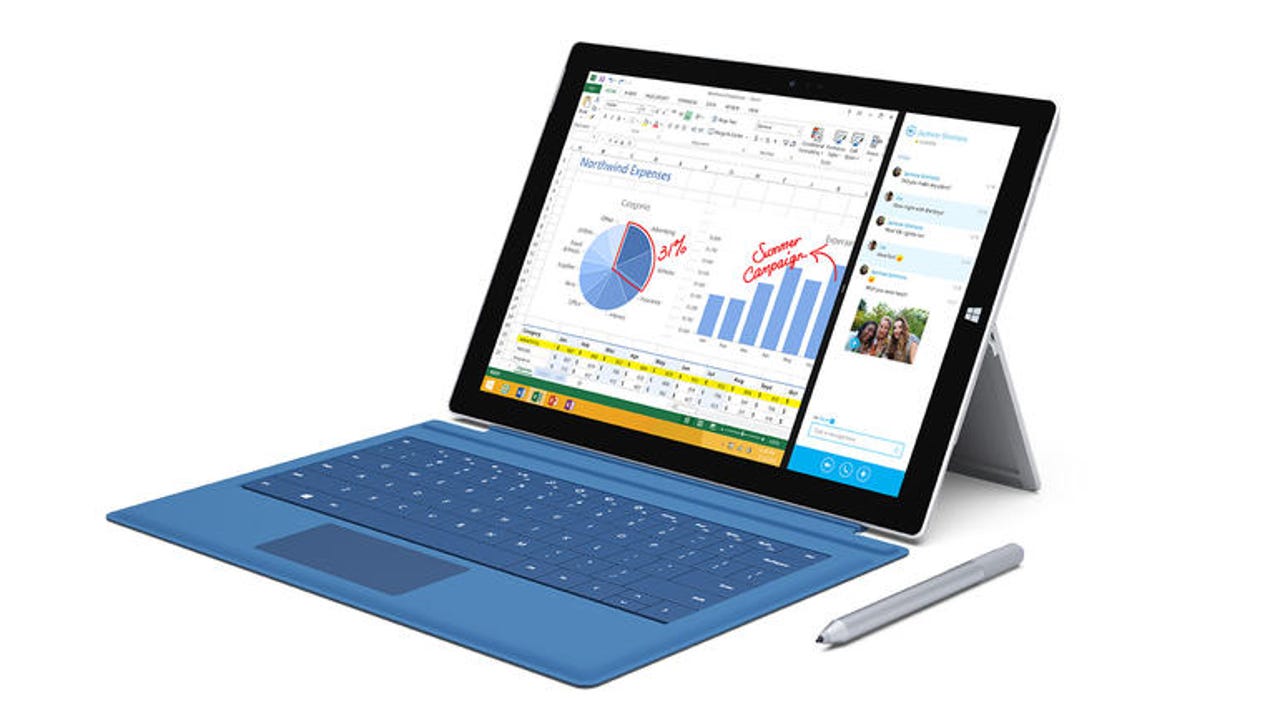Microsoft looks to buy digital pen company N-trig for $200m


The company's 190 workers will be integrated into the Microsoft Israel research and development structure, with the company's offices in suburban Tel Aviv being turned into a MS R&D facility, the company's third in Israel.
Neither Microsoft's Israeli representatives nor N-Trig had any official comment on the story. Should the deal go ahead, it will be Microsoft's ninth acquisition in Israel since 2000, making Israel the third largest source for Microsoft acquisitions behind the US and Canada.
Last year, Microsoft dumped long-standing pen-tech supplier Wacom for N-Trig, which supplied the stylus technology for the Surface Pro 3 tablets. The reason, according to Eyal Leibovitz, VP of R&D at the Israeli digital pen maker, was because the company had succeeded in creating a chip that integrated both stylus and touch interfaces on the same digitizer. "We have the only technology that lets OEMs do this," Leibovitz said recently. "It allows Microsoft to eliminate a layer of sensor from its new tablet, making it lighter."
Besides Microsoft, N-Trig had dozens of other OEMs as customers, including Lenovo, Intel, Acer, Asus, to name just a few. For many of them, the integrated digitizer is a useful addition. "A lot of devices already included a touch sensor that supports pen, even if those devices currently only support touch,"said Leibovitz. "For those devices we have a software solution that can activate the pen component, allowing users to enjoy both."
And pen, apparently, is making something of a comeback, if the company's sales figures are any evidence. N-Trig sold nearly a million and a half digital pen systems to OEMs in 2014, three times more than in 2013. Revenue for the first half of the year (the last period for which figures have been released) outpaced year-on-year totals for 2013, for which year revenues were up 38 percent on 2012's figures.
One reason pen took a back seat to recent hardware was because it has a number of technical issues that touch doesn't: palm rejection, for example, in which the device has to figure out if it is the pen or a user's palm resting on the screen. Another issue for pen has been accuracy, both in terms of input (if a user doesn't press down hard enough the device might not pick up the text) and understandability (users with less than perfect penmanship suffered with previous pen technologies). And control - ensuring that a specific area of pixels is targeted - has also been a problem, with users of previous versions of pen technology finding it very difficult to put the letters or words where they wanted to on a screen.
Leibovitz said that N-trig has solved those problems - which is why Microsoft adopted the country's technology for the Surface Pro 3. "Our active pen functions like a regular pen and is very accurate - often on a sub-pixel level, to ensure a high level of control - rapid refresh to accurately capture ink subtleties, and 256 distinct levels of pressure sensitivity for more exact control. We also have patented palm rejection capabilities, interchangeable tips for different pressure levels."
Founded in 1999, N-Trig, still privately held, has raised over $150m since it was established. A recently-proffered IPO on the Tel Aviv stock Exchange was withdrawn last November, because the company sought a higher valuation than it was given by analysts.
Read more on this story